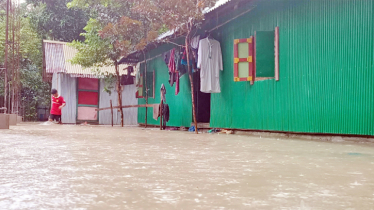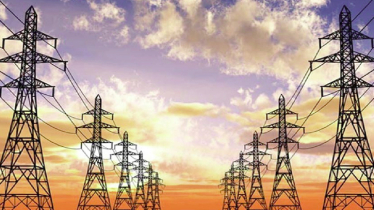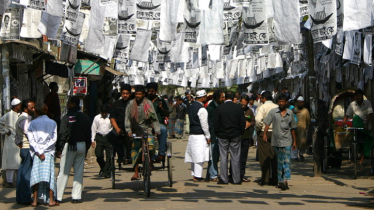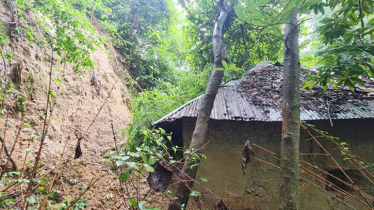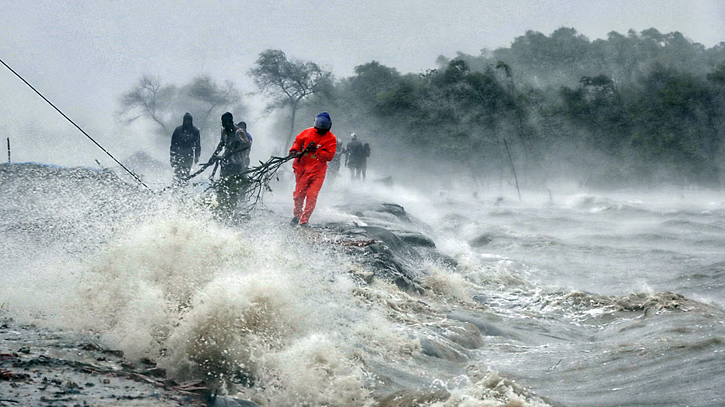
Photo: Collected
Cyclone Remal, formed in the Bay of Bengal, has hit the coast of the country. It has caused extensive damage in some places; land crops, vegetables and fish enclosures have been destroyed. There were also casualties. It was feared that this storm could be devastating and destructive like Aila. Seeing the severity of the cyclone, the government therefore took extra precautions in advance. As a result, it has been possible to reduce the amount of damage to a large extent. However, after a cyclone, it takes days to get a true picture of the damage. So, we have to wait to know the real picture. It is positive that whenever a cyclone is forecast, the government undertakes a massive program to protect the people in the coastal areas. But unfortunately, it is true that the cyclone forecast is still not properly taken into account by many locals, as a result of which it is not possible to bring the loss of life and property to a bearable level. In this case, the people of the coastal area will be more aware.
As we have seen in the recent past, cyclones have caused a lot of damage due to weak embankments in coastal areas. This time many dams have been broken due to Rimal. As a result, large areas were flooded. This is due to the lack of high-quality dams in the vast coastal areas of the country. It has become imperative to take steps to build sustainable dams in coastal areas to avoid future damage. In this case, it is also important to prevent corruption. It is reported that electricity, telephone and internet connections have been disconnected in some parts of the country due to the impact of Rimal. About 3 crore customers were without electricity for a long time. Relief and rehabilitation measures should be taken after ascertaining the damage caused to the people in the low-lying areas of the coastal areas due to the floods. Special emphasis should be placed on ensuring clean water, dry food and medical care for the affected people. For those who have lost their homes, shelter should be arranged quickly. In case of any natural calamity, advance measures, maximum precautionary measures are essential. Due to early and precautionary measures taken in the case of Remal, the loss of a large number of people in coastal areas has been reduced to some extent. The reality is that humans can't prevent or stop natural disasters. However, it is possible to reduce the damage by taking pre-preparedness and precautionary measures. For example, parabon (mangrove forest) in coastal areas should not be destroyed in any way. Moreover, new green areas should be created. Embankments should be developed as communication infrastructure. Number and quality of cyclone shelters should be increased. Signaling system should be improved.
In addition, the local administration of the coastal areas should have year-round food reserves, so that at any time when a disaster occurs, the hunger of the people can be met at the local level before the relief comes from outside. Already due to inflation, people's living conditions have become difficult. The sufferings of people in coastal areas have increased due to natural calamities. So, after a natural disaster, along with the administration, NGOs and rich people will also stand by the affected people, this is desirable. Due to climate change, natural disasters will occur more frequently in the future and their magnitude is likely to increase. The government should take extensive preparation and precautionary measures to deal with such situations.
Messenger/Fameema


